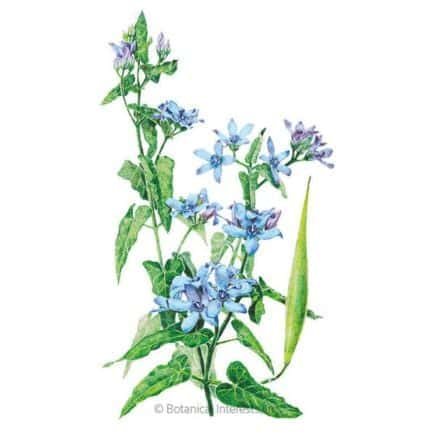It’s tough to find true blue flowers. While you can often spot this color on plant tags and cultivar names, these supposedly blue blooms often turn out to be shades of purple. That’s one reason why I love tweedia.
This perennial produces star-shaped flowers that are true baby blue. The first time I spotted them, I couldn’t believe their color! When you add their fuzzy stems and elongated heart-shaped leaves, they stand out from the crowd.
Although tweedia isn’t commonly grown in gardens, it’s not difficult to grow and can thrive in various climates. Not only are the leaves and blooms beautiful in the garden, but the flowers also hold up well when cut. So, if you’re looking for a new, unique flower, try growing tweedia.
Tweedia Milkweed/Butterfly Flower
Tweedia Milkweed/Butterfly Flower Seeds
Seed Starting Grow Lights
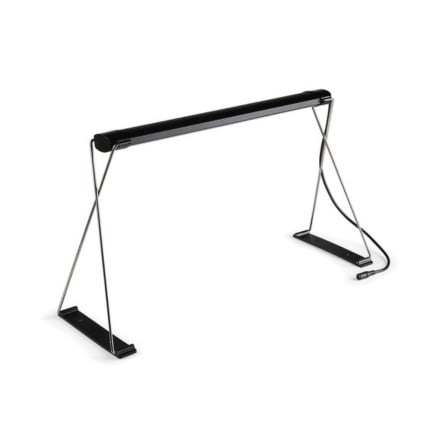
Epic Seed Starting Grow Lights Small
Garden-tone Organic Plant Food
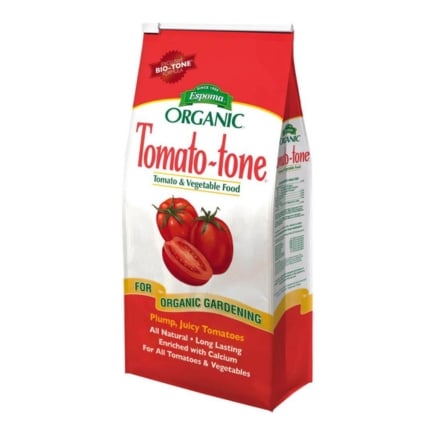
Espoma Garden-tone Organic Plant Food (4 lbs.)
Oxypetalum coeruleum “Tweedia” Overview
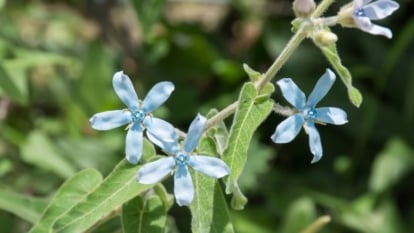
|
|
|
What Is It?
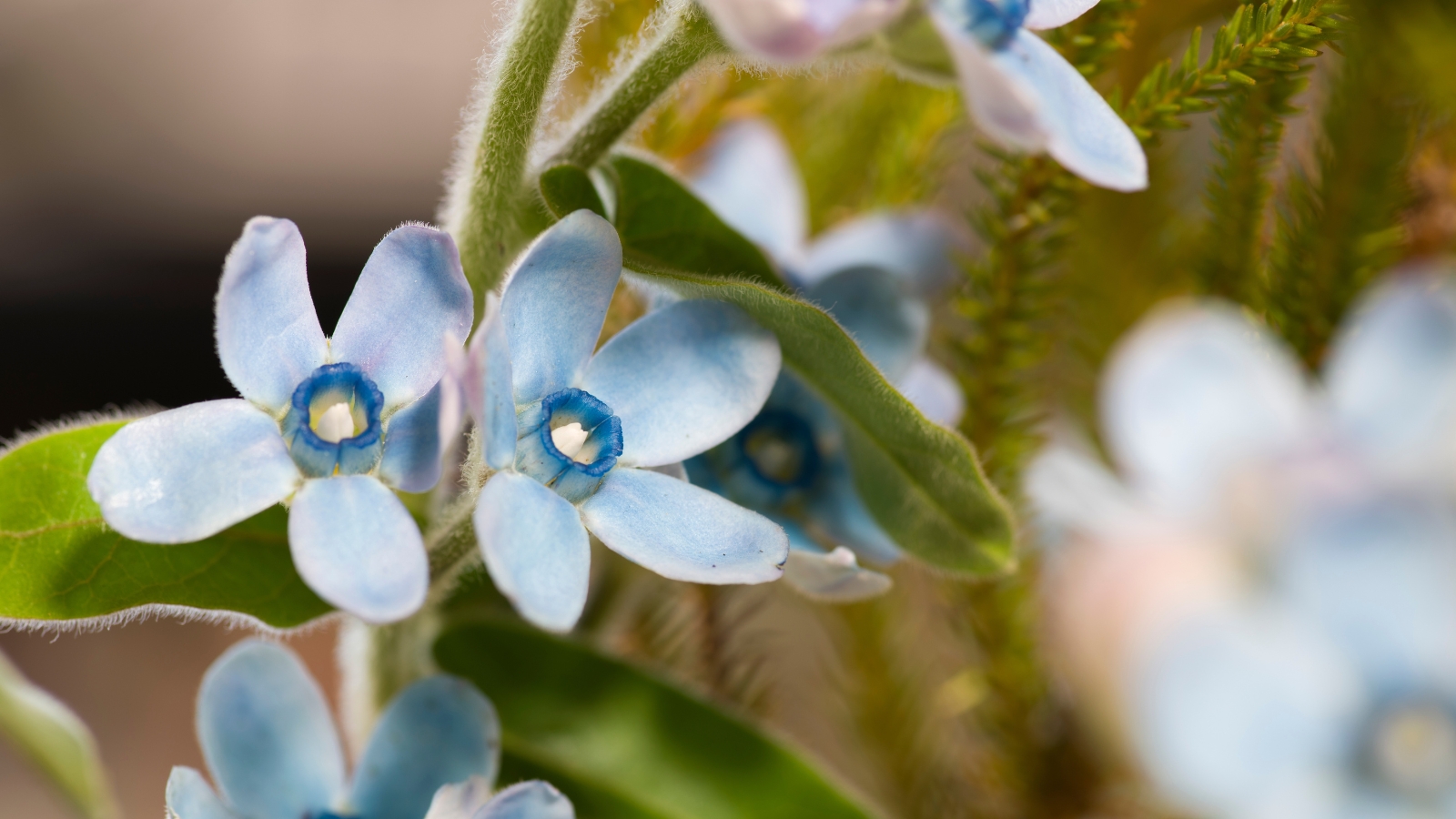
Tweedia is a tender annual that’s known for its light blue flowers. It’s also known as blue milkweed. Since the blooms hold up well after they’re cut, people often grow them for flower arrangements. In fact, I first saw tweedia when working at a Georgia flower farm.
As I started my first spring on the farm, I tried to become familiar with all the plants dotting the neatly formed beds. I could recognize the dark green lanceolate coneflower leaves and the tall delphinium flower stalks. But the slightly woody stems covered with heart-shaped leaves? I had no idea.
When I asked the farm owner what it was, she told me it was tweedia. But that didn’t help—I had never heard of this plant. Later that day, I looked up a photo of the flowers and was amazed! Since then, tweedia has been one of my favorite flowers to introduce to other gardeners.
Characteristics
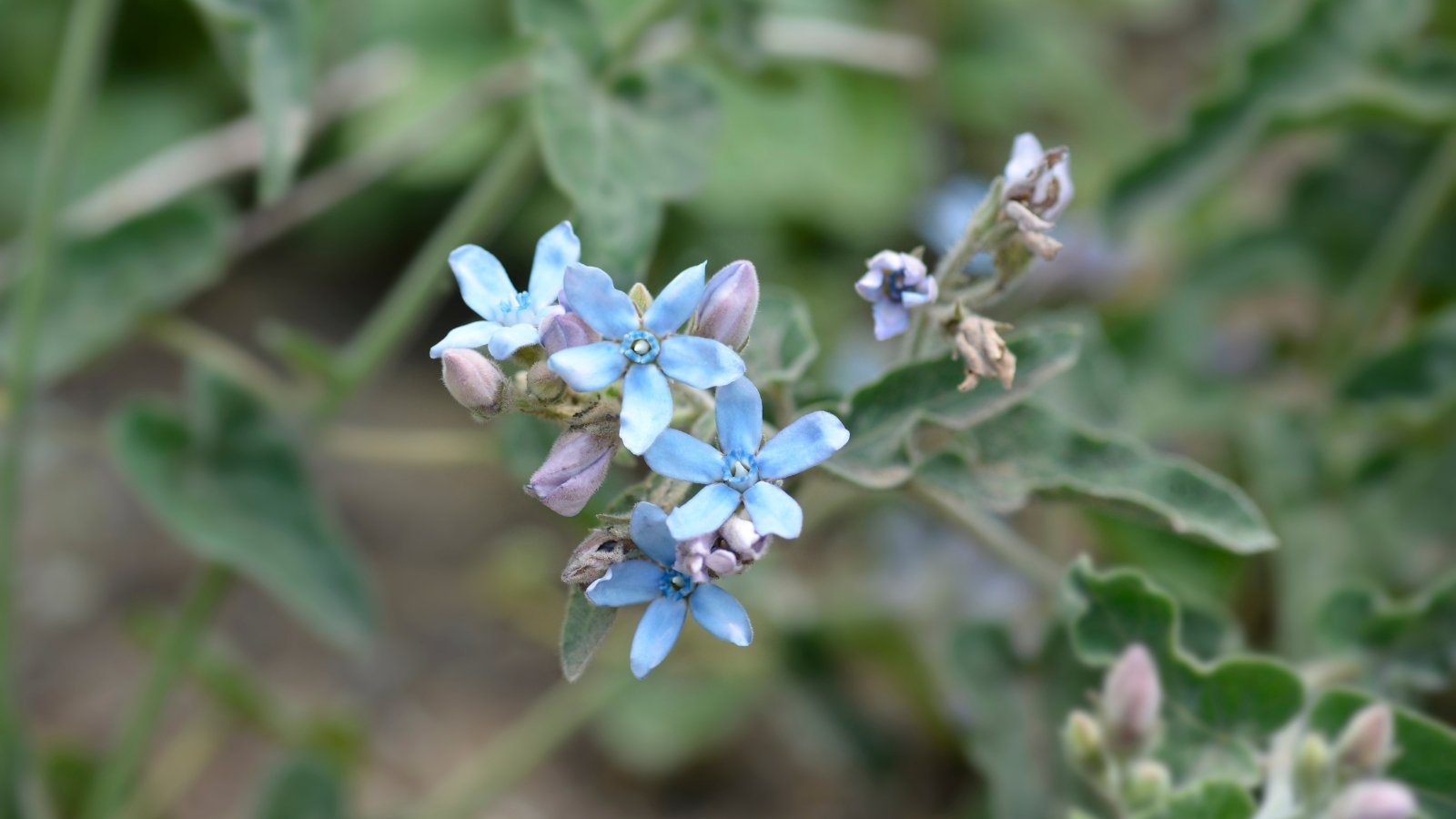
The plant often grows as a small shrub with slightly woody, branching stems. It produces dark green, small, heart-shaped leaves that become elongated as they age. Both the leaves and the stems are covered in fine, fuzzy hairs, and the stems produce a sticky, milky sap when broken.
Tweedia blooms in the spring and summer and attracts pollinators including bees and butterflies. Individual flowers appear on inch-long pedicles that grow from the main stem. The and start out in shades of light blue. As they age, they turn light pink. Elongated, green seed pods follow the flowers and are filled with brown seeds attached to silky, white hairs.
In most areas of the United States, you should grow tweedia as an annual or dig up the plants and bring them indoors during the winter. That’s because cold air will squash the tender foliage and stems. Although many sources say tweedia is hardy to zones 10 and 11, I’ve seen it successfully overwintered outdoors in zone 8! So if you live in zone 8 or 9, it’s worth covering the plants with a layer of frost cloth and watching what happens.
Native Area
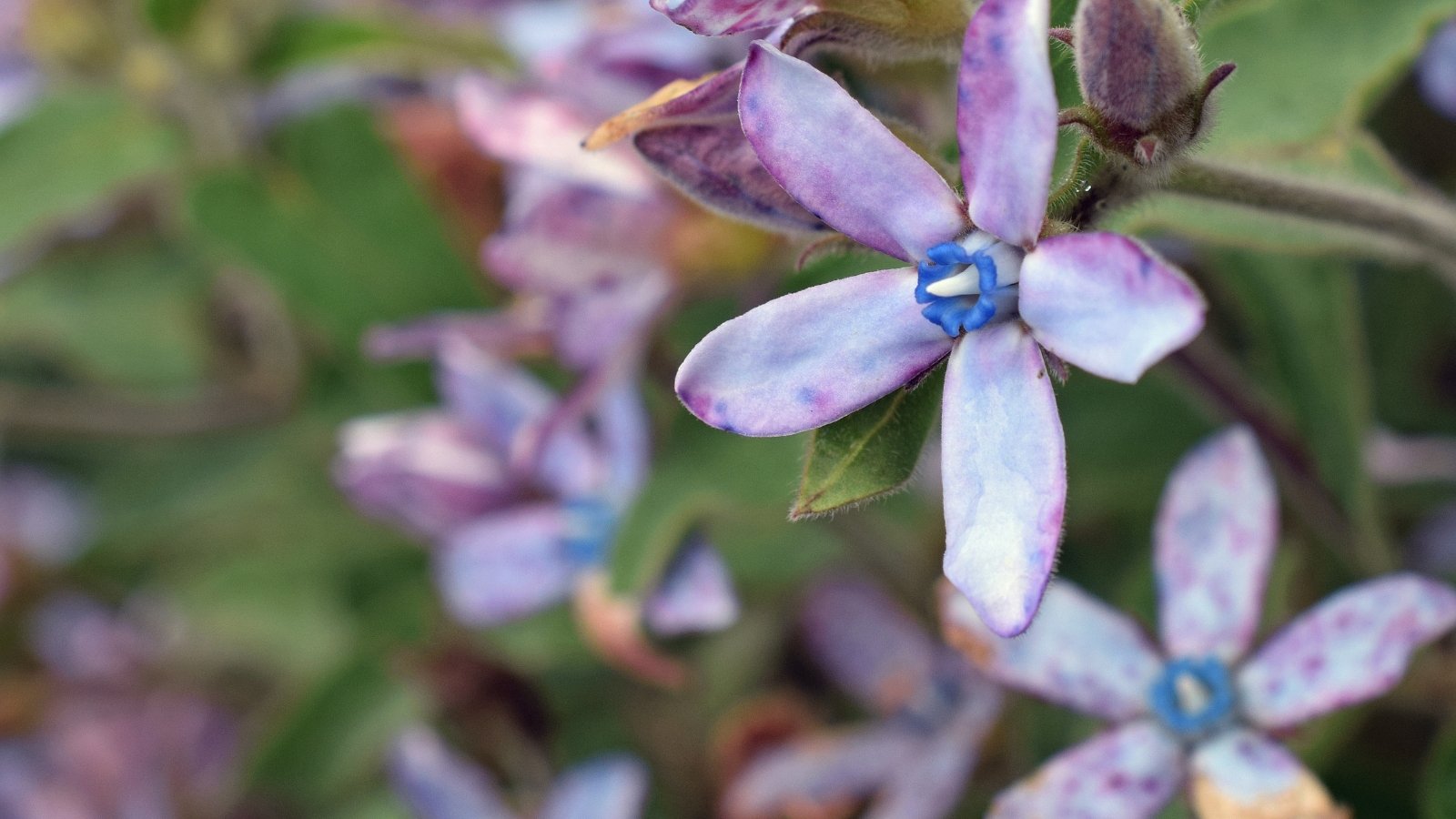
This perennial is native to parts of South America, including Brazil and Uruguay. In its native environment, it grows as a small, messy shrub or slightly trailing plant. It’s often found in dry, open areas rather than wet, tropical forests.
Planting
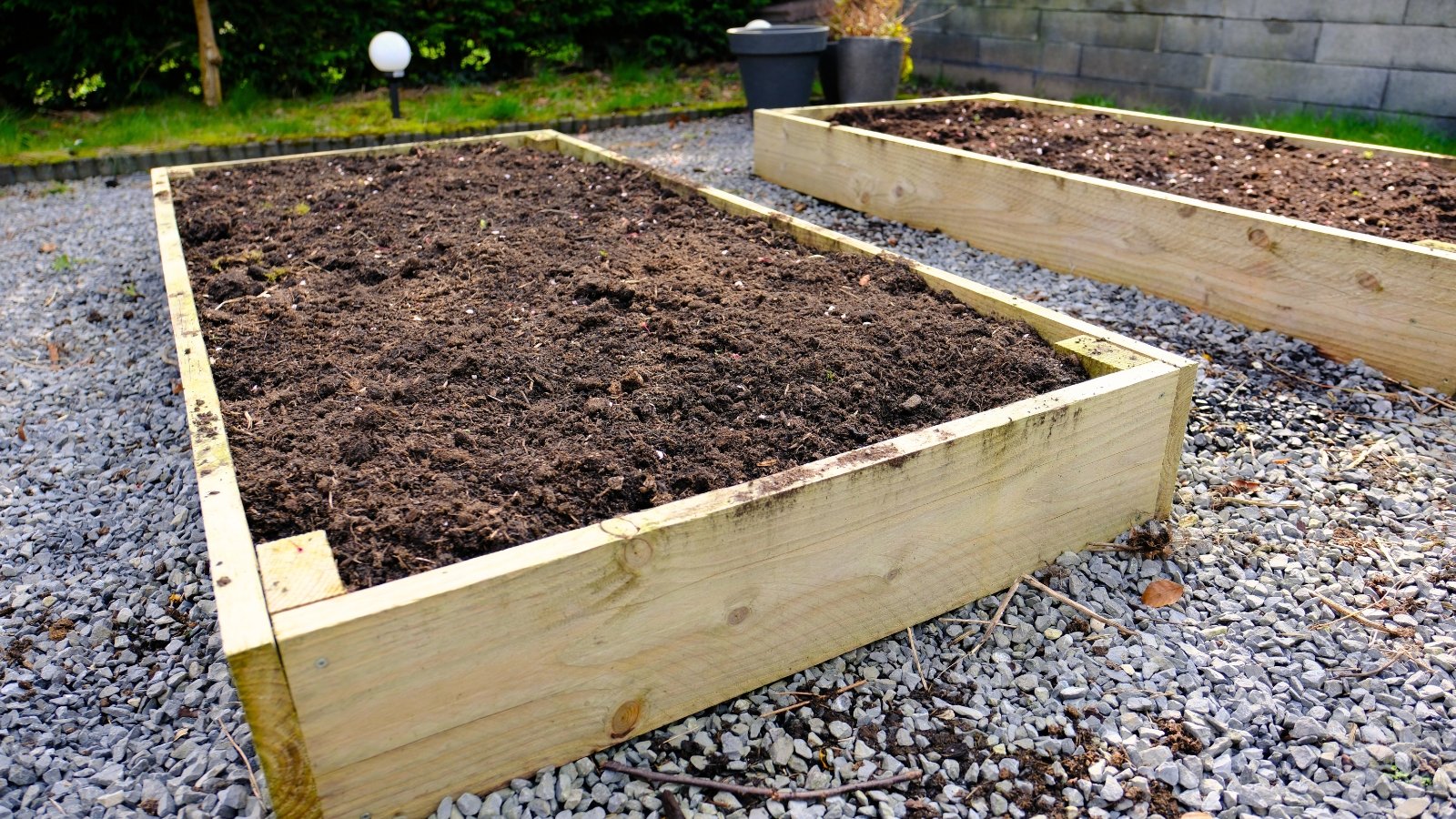
You can grow tweedia outdoors in a garden bed or container. Since it maxes out at a few feet tall and has a branching shape, it works well in front of taller shrubs and perennials. You can also mix it with other flowers in a cutting garden.
Transplanting
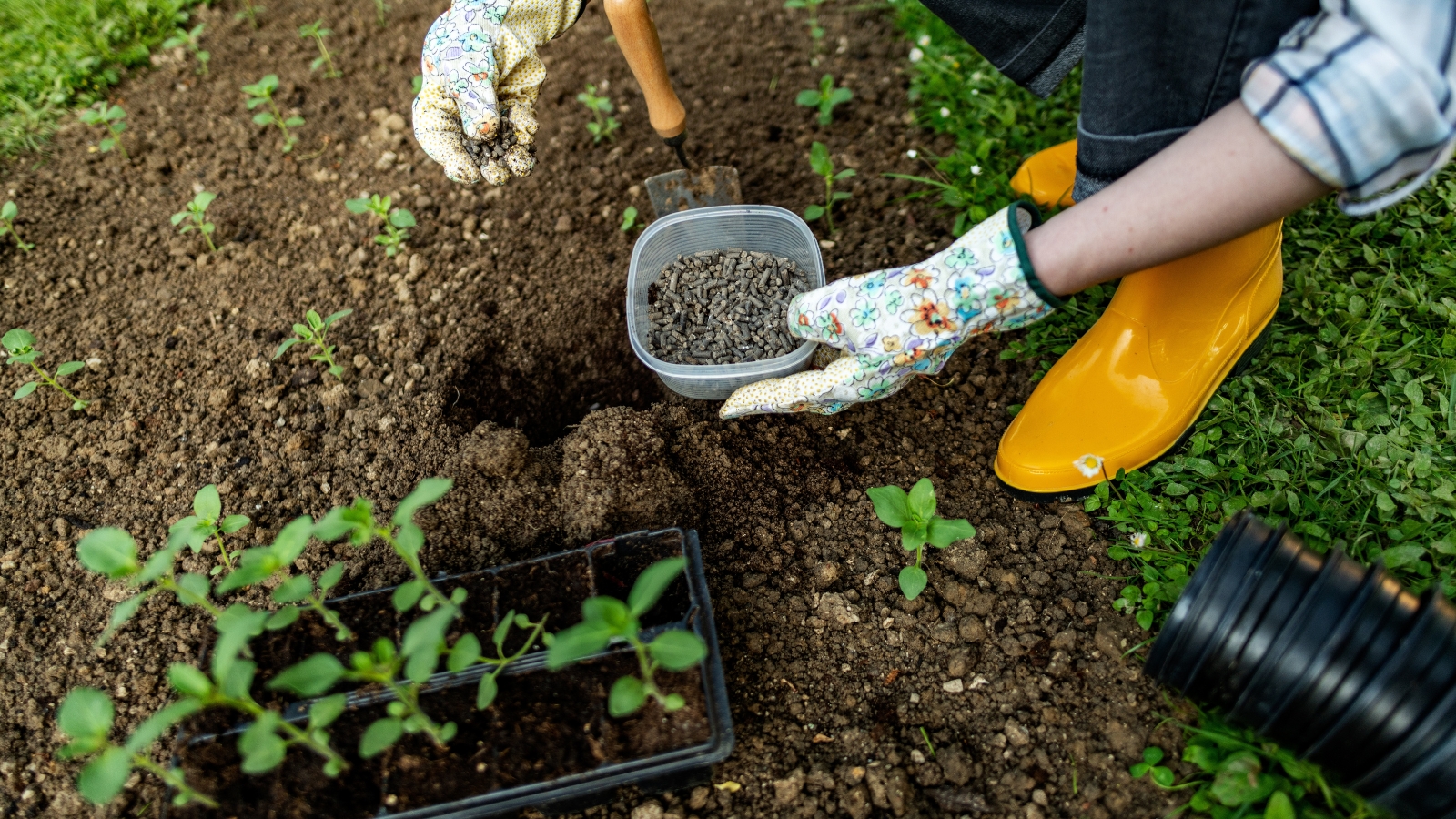
Since this perennial can’t tolerate extremely cold temperatures, your best bet is to wait until the danger of frost has passed before transplanting it. Starting with transplants allows them to get a jumpstart on growth, and it’s my preferred method. It’s difficult to find this plant in nurseries, but you can order plants online or start your own transplants from seed (more on that below).
Once you have a healthy transplant, start by selecting a good site. Look for well-draining soil and at least eight hours of sunlight. Dig a hole that’s a few inches larger than the rootball, set the seedling in the ground, and cover the remaining space with soil. Keep the soil moderately moist for the first week to allow the plants to transition to their new home.
Growing from Seed
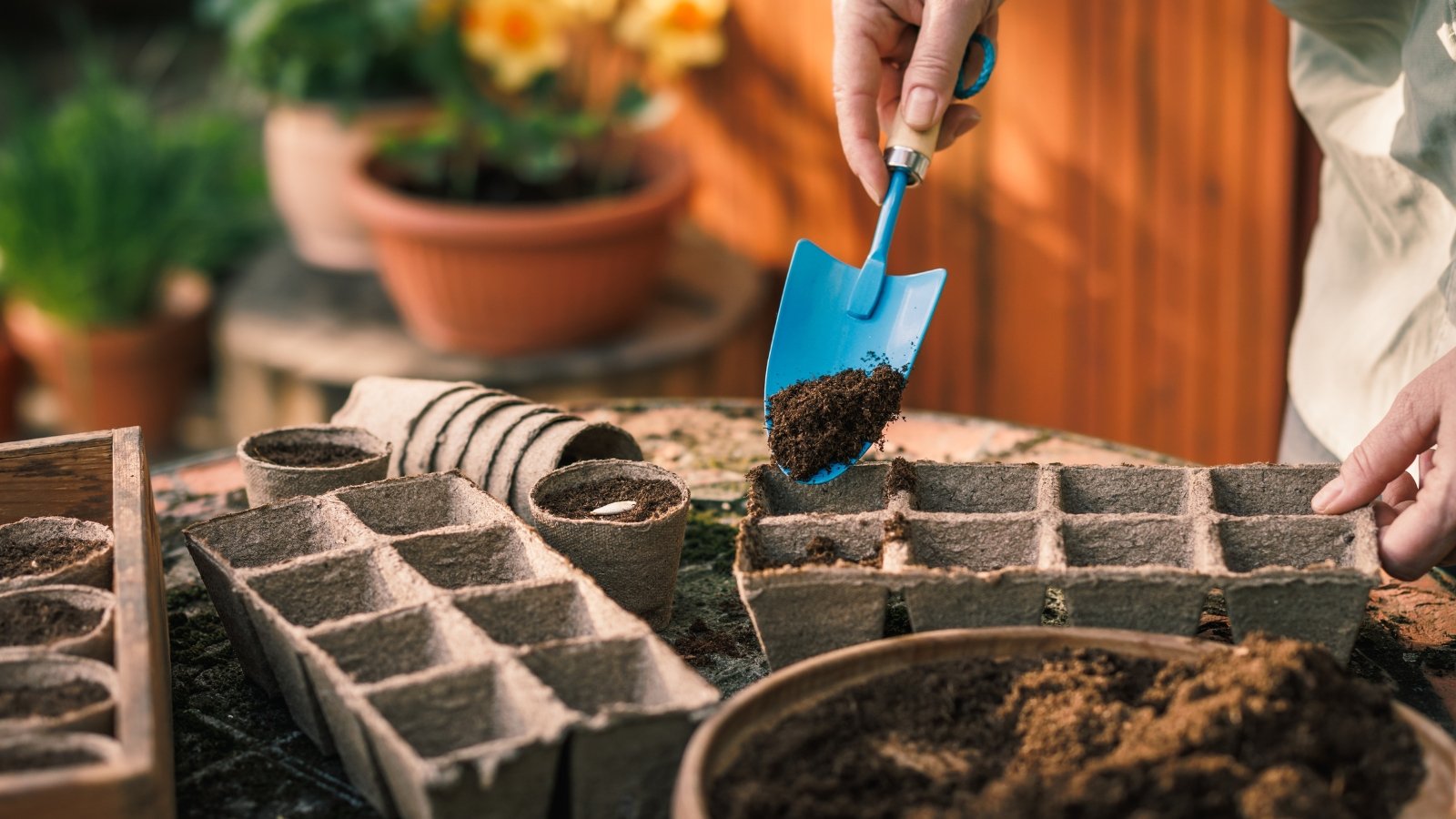
Since tweedia is difficult to find in garden centers and nurseries, growing from seed is often the best option. You can purchase seeds online or collect them from mature plants. The seeds are flat and brown and may be attached to strands of silky white thread. This silk helps the seeds travel in the wind, so it’s not necessary for germination. Therefore, don’t fret if your seeds lack white fluff.
You can plant the seeds directly in the garden or start them in seedling trays. Unlike many milkweed species, tweedia seeds don’t require cold stratification to germinate. Therefore, you can plant untreated seeds.
Start your seeds indoors six to eight weeks before your last frost date. Fill seedling trays with a well-draining seed-starting mix and lightly compact the soil. Make a hole that’s a quarter of an inch deep in each cell, place one seed in each hole, cover with soil, and water well.
These seeds are slow to germinate, so don’t fret if the seedlings take multiple weeks to emerge. During this time, keep the soil slightly moist and warm. After the seedlings appear, move them to an area that receives at least ten hours of direct light. If you don’t have access to a bright area, put the seedlings under a grow light. Once the plants are four to five inches tall, you can plant them outdoors.
How to Grow
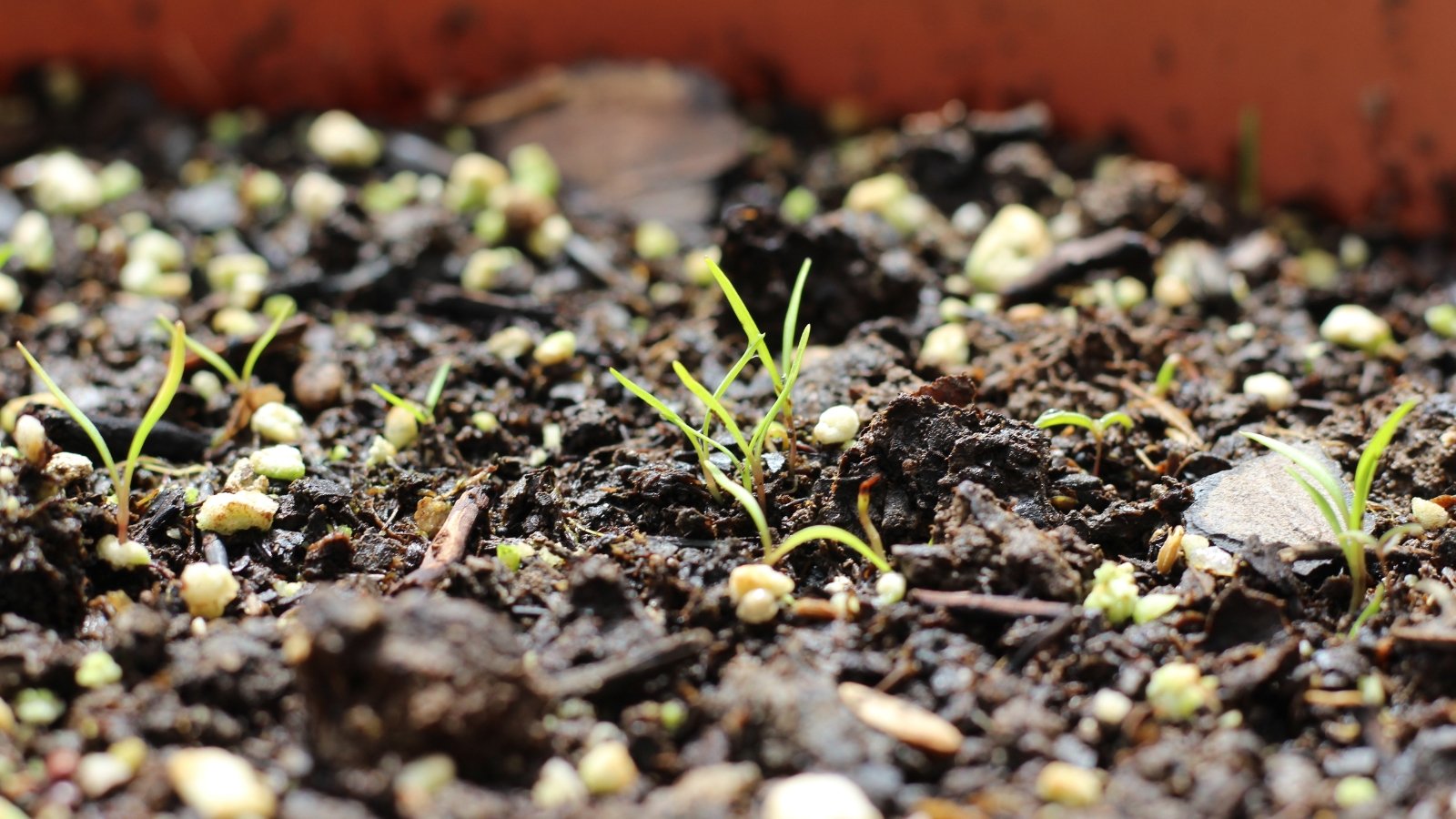
These perennials are easy to grow as long as you know how to provide the proper environment. Keep these ideal growing conditions in mind if you want to end up with stems covered in beautiful blue flowers.
Light
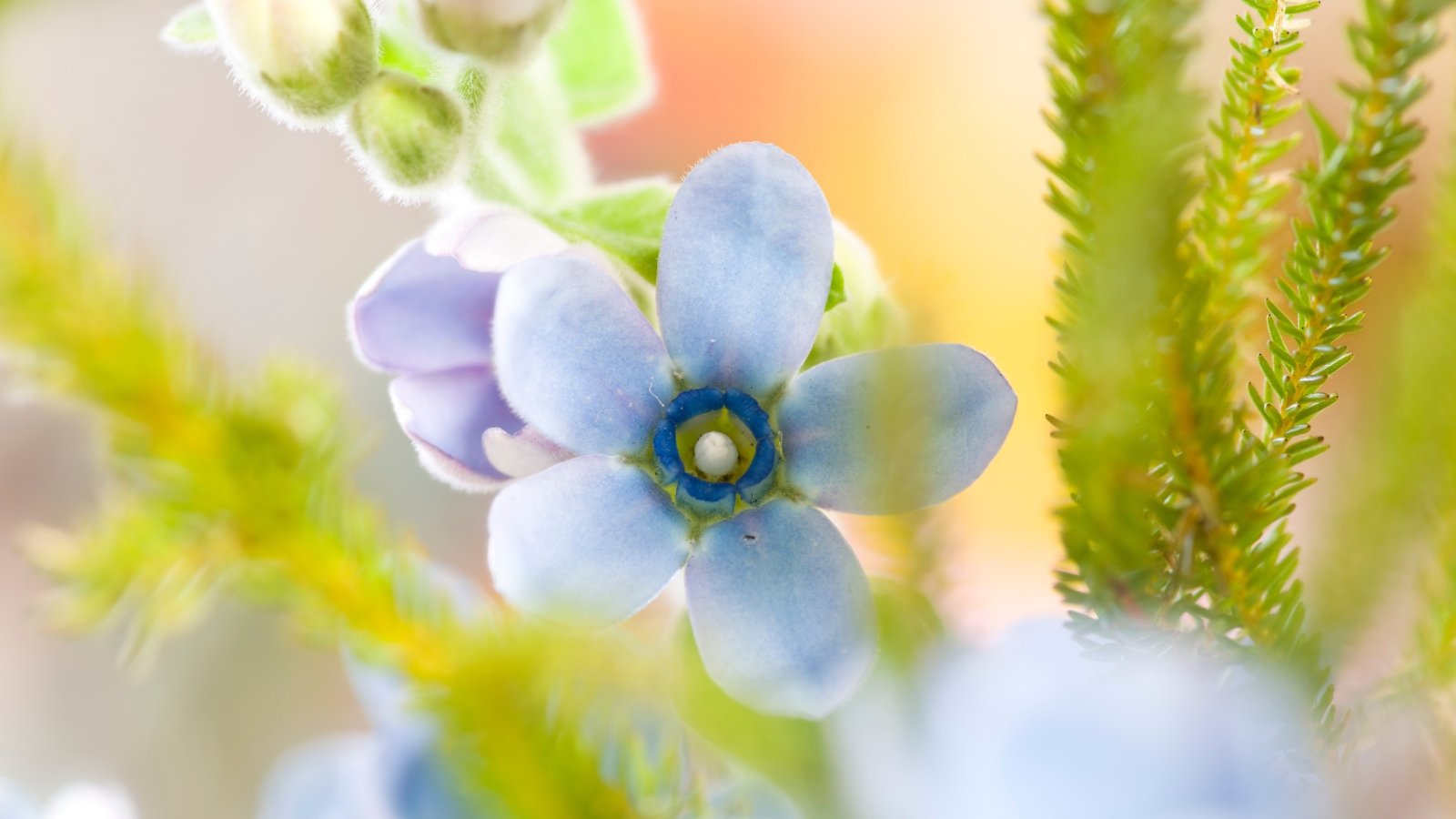
Tweedia grows best when it receives at least eight hours of direct light each day. Full sun is ideal, but the plants can also tolerate morning or afternoon shade. Although the plants can survive with less light, they won’t produce many, if any, flowers.
Water
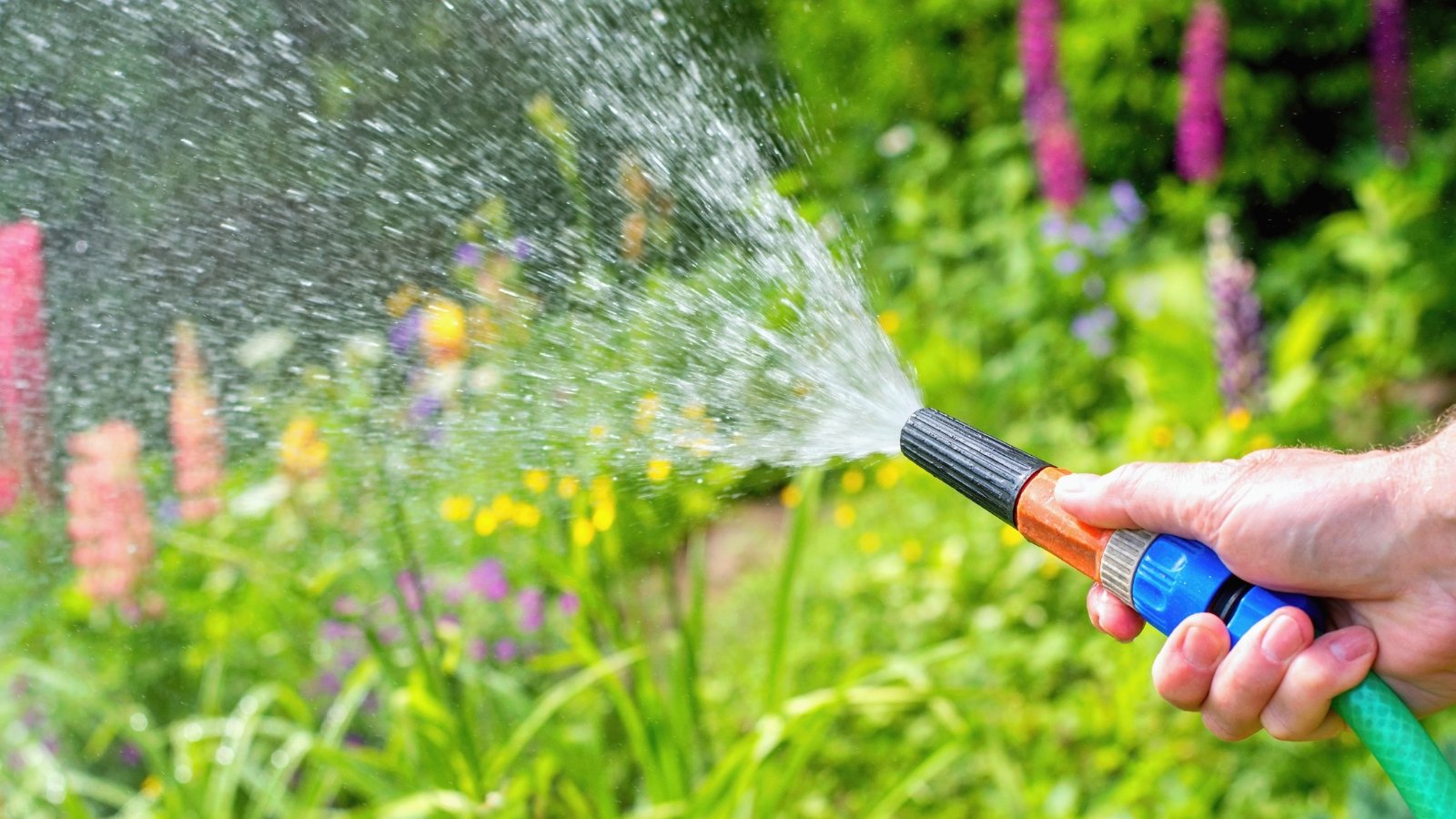
Moderately dry to dry soil is best. However, keeping the soil slightly moist after planting will help the seedlings adjust to their new environment. Aim to water once every week or so during periods of dry, hot weather.
Avoid placing these plants anywhere with constantly moist soil. That means keeping them away from wet, low-lying areas as well as places near drainage spouts.
Soil
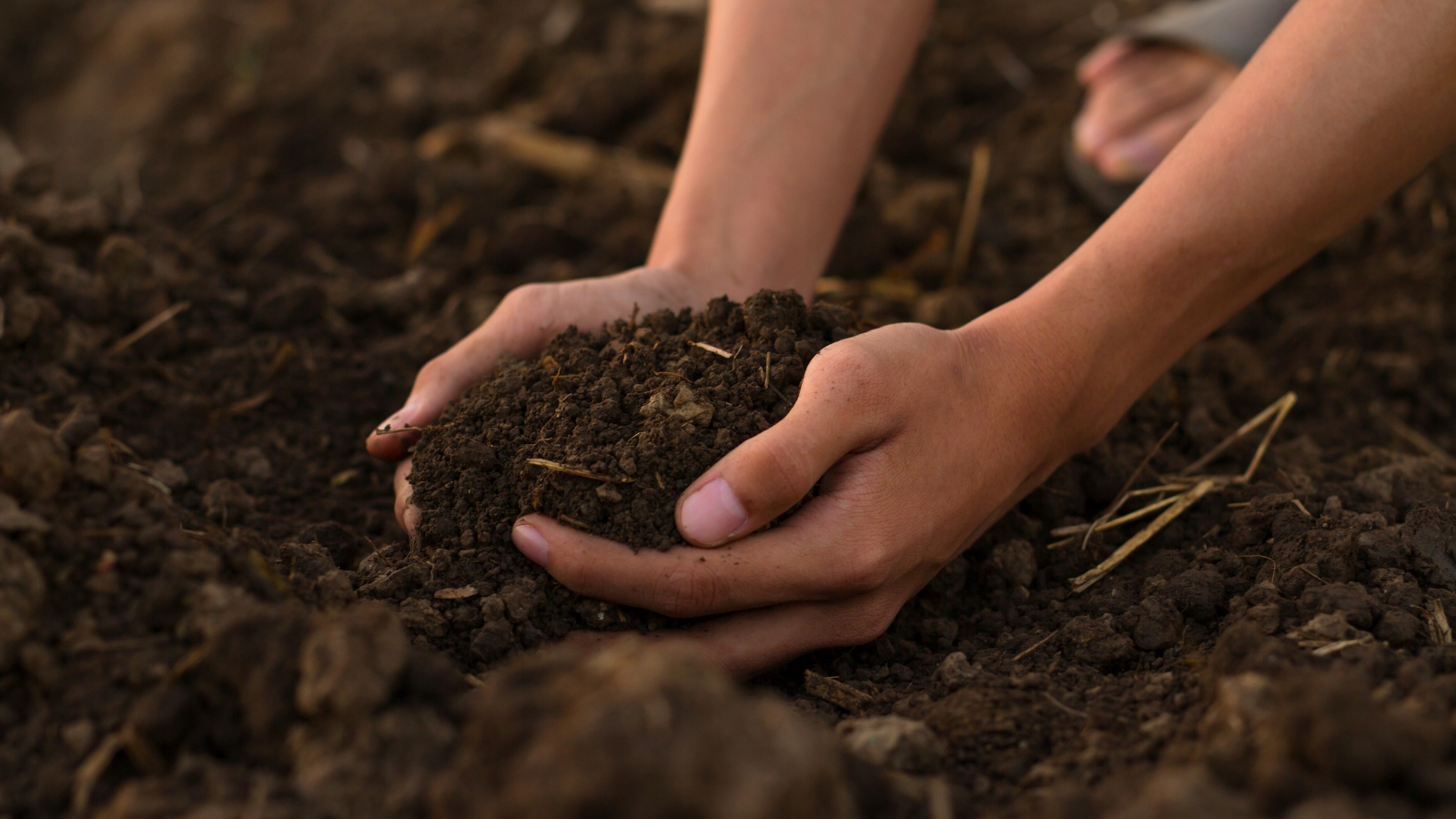
Fortunately, these plants can tolerate a range of soil types as long as the soil is well-draining. Clay, loam, and sand are all suitable. However, you should aerate compacted ground before planting. You can do this by double digging or by loosening the soil with a digging fork or broadfork.
If you want to grow them in containers, choose a well-draining potting mix that allows excess water to escape. And make sure to plant them in a pot that contains drainage holes.
Temperature and Humidity
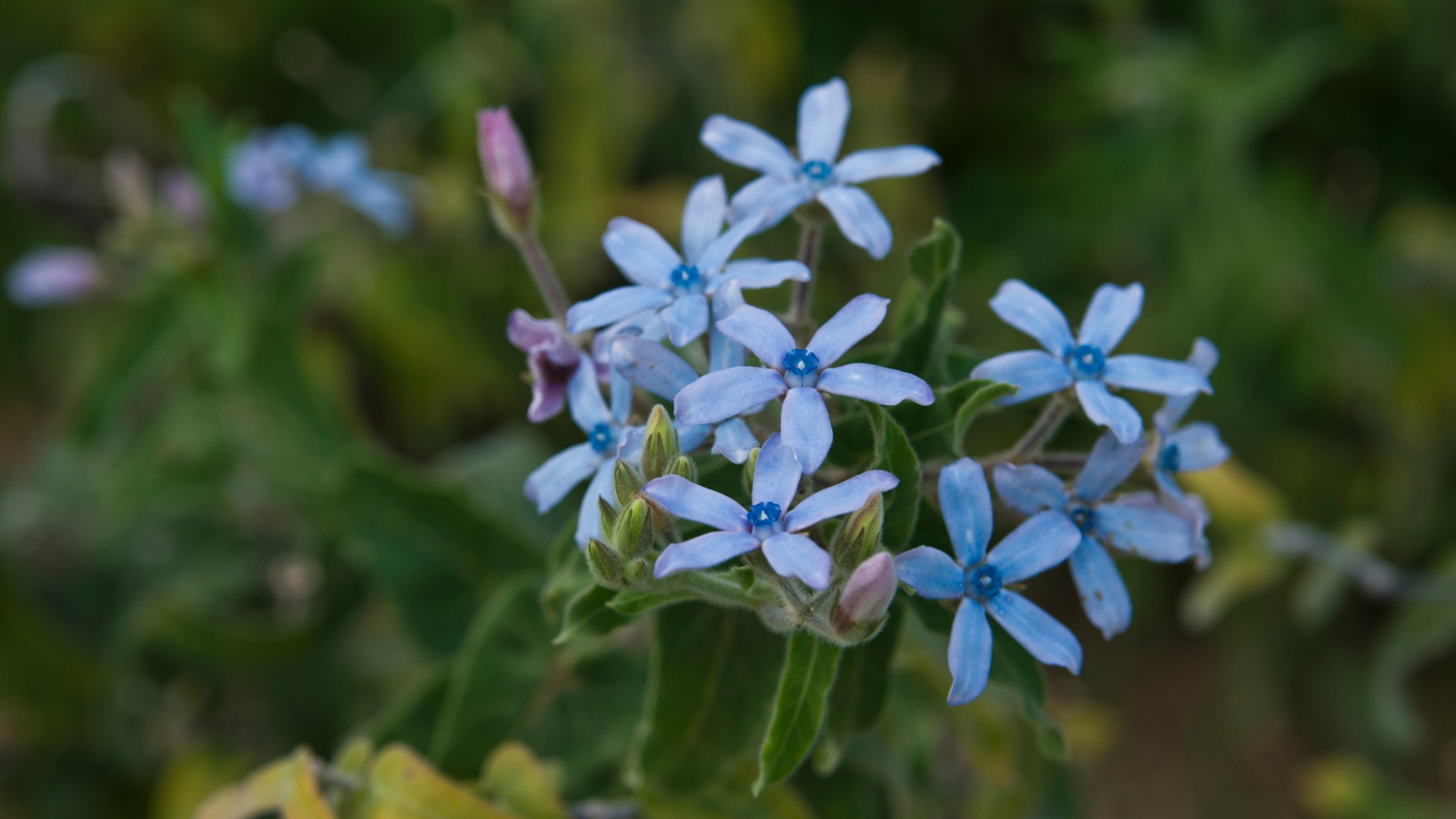
Since this milkweed relative is naive to warm regions, it prefers temperate climates where temperatures remain above freezing. If you live in zones 10 or 11, you can reliably grow it as a perennial. In these areas, tweedia can grow over five feet tall.
If you live in a colder climate, you can still grow tweedia as an annual. Although you’ll have to replant the seedlings outdoors each spring, they’ll still produce their sought-after blue blooms. You can also dig up the plants and bring them indoors before temperatures drop below freezing. When the weather warms in the spring, you can move them back outdoors.
Fortunately, these plants aren’t picky about humidity. They grow well in dry climates yet remain disease-free in high humidity.
Fertilizing
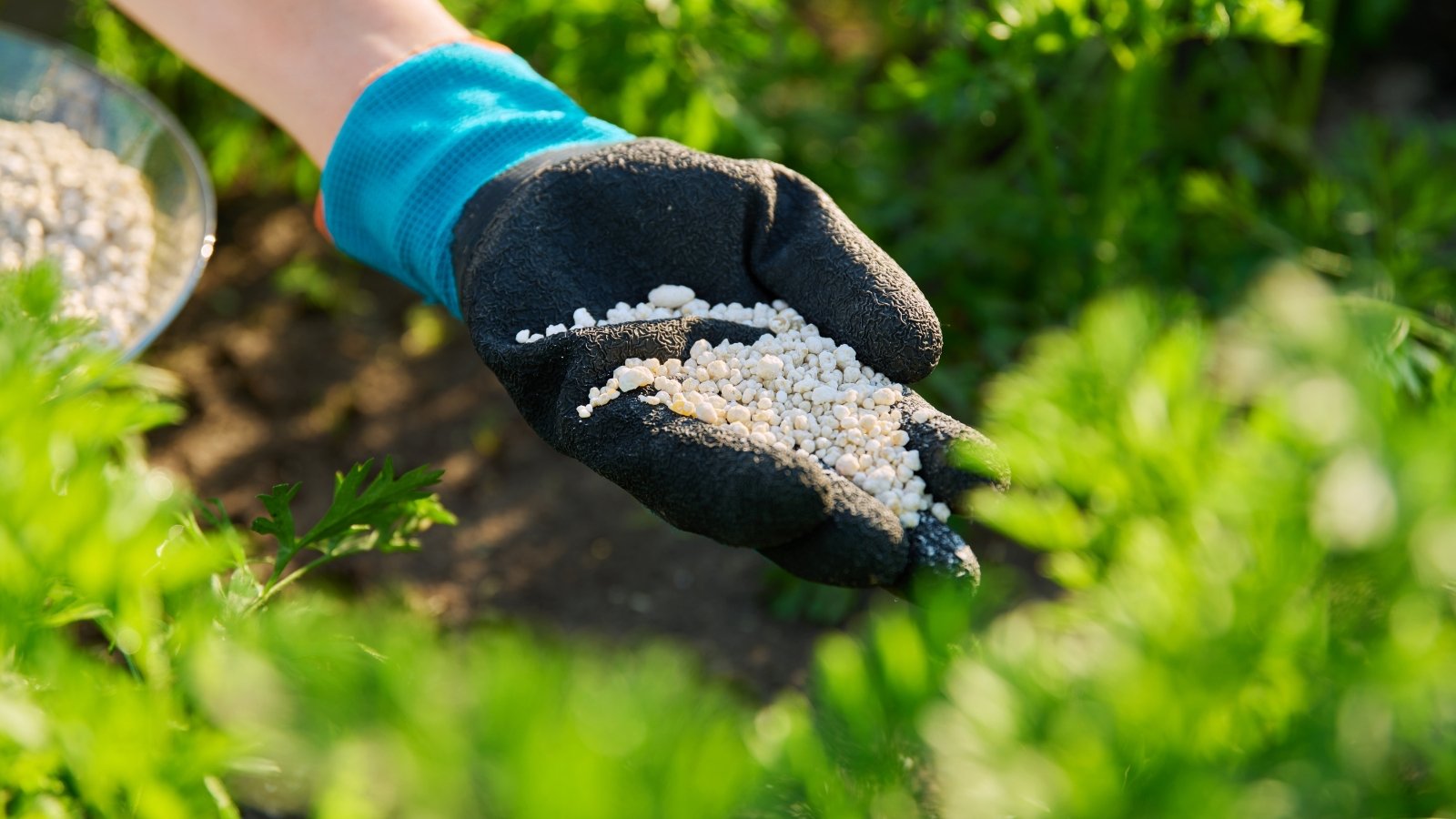
These perennials don’t require lots of nutrients to thrive, but they benefit from a balanced dose of nutrients. Adding a few handfuls of rich compost is often enough to supply the necessary fertility. A healthy compost will also provide a dose of beneficial microbes that improve nutrient uptake and disease resistance.
If you’d like, you can apply a granular fertilizer to the soil at the beginning of the growing season. Look for a product with an even NPK ratio or a little more potassium and phosphorus than nitrogen. Avoiding applying too much nitrogen since this can lead to rapid vegetative growth but a lack of flowers.
Maintenance
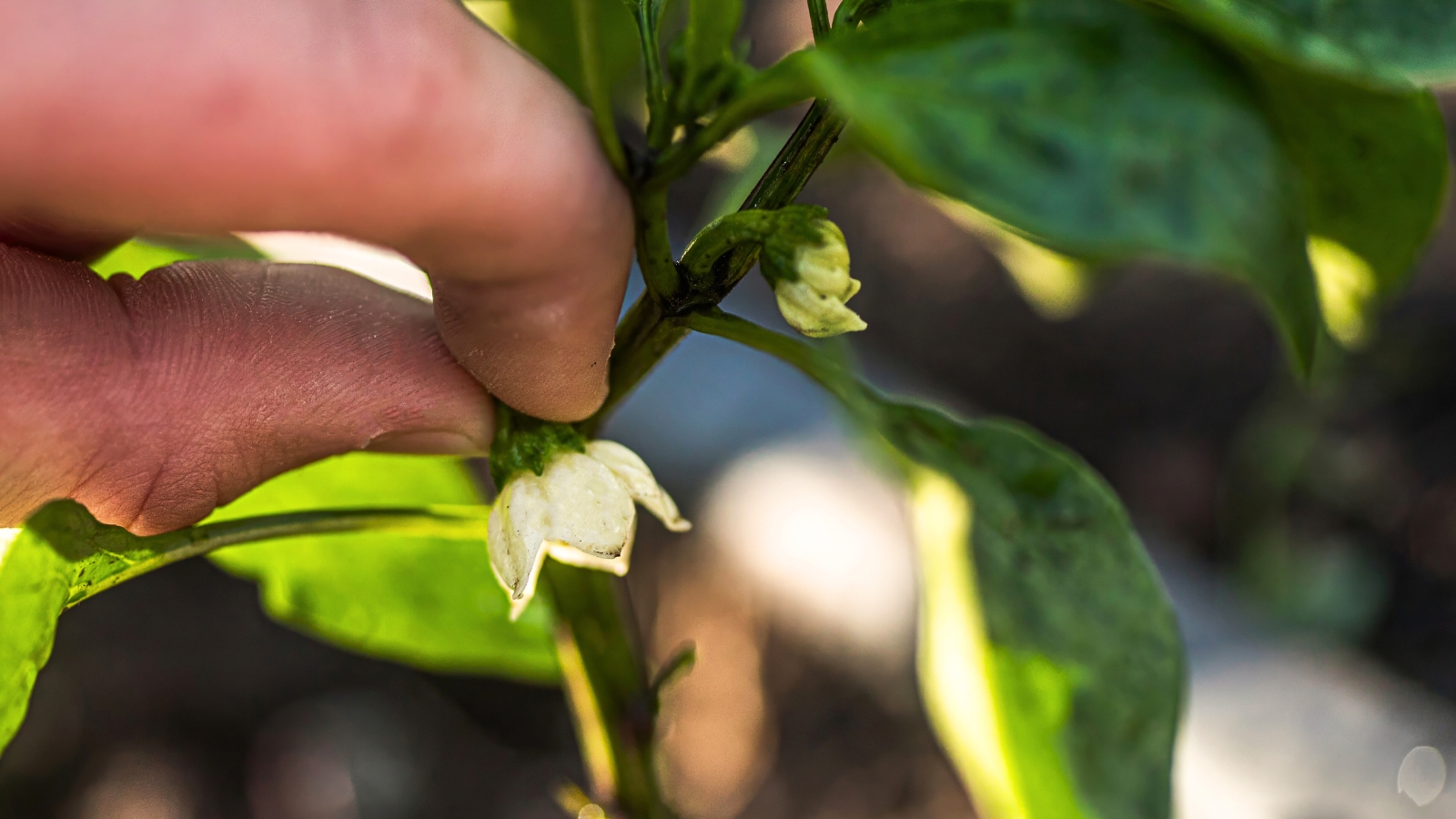
These low-maintenance plants don’t require much care besides regular weeding and watering. However, young seedlings develop from pinching to encourage a highly branching form. This involves removing the top tip so the side shoots start growing longer. This will eventually lead to an increased number of long stems that are suitable for harvest as cut flowers.
If you live in zones 8 or 9 and want to keep the plants alive through the winter, you can take protective steps. Mulch the soil around the plants with wood chips or straw to protect the roots. Then, cover the plants with a layer or two of protective row cover. This will help keep the plants warm and give them a better chance of surviving the cold temperatures. When the weather remains above freezing, remove the row cover.
Propagation
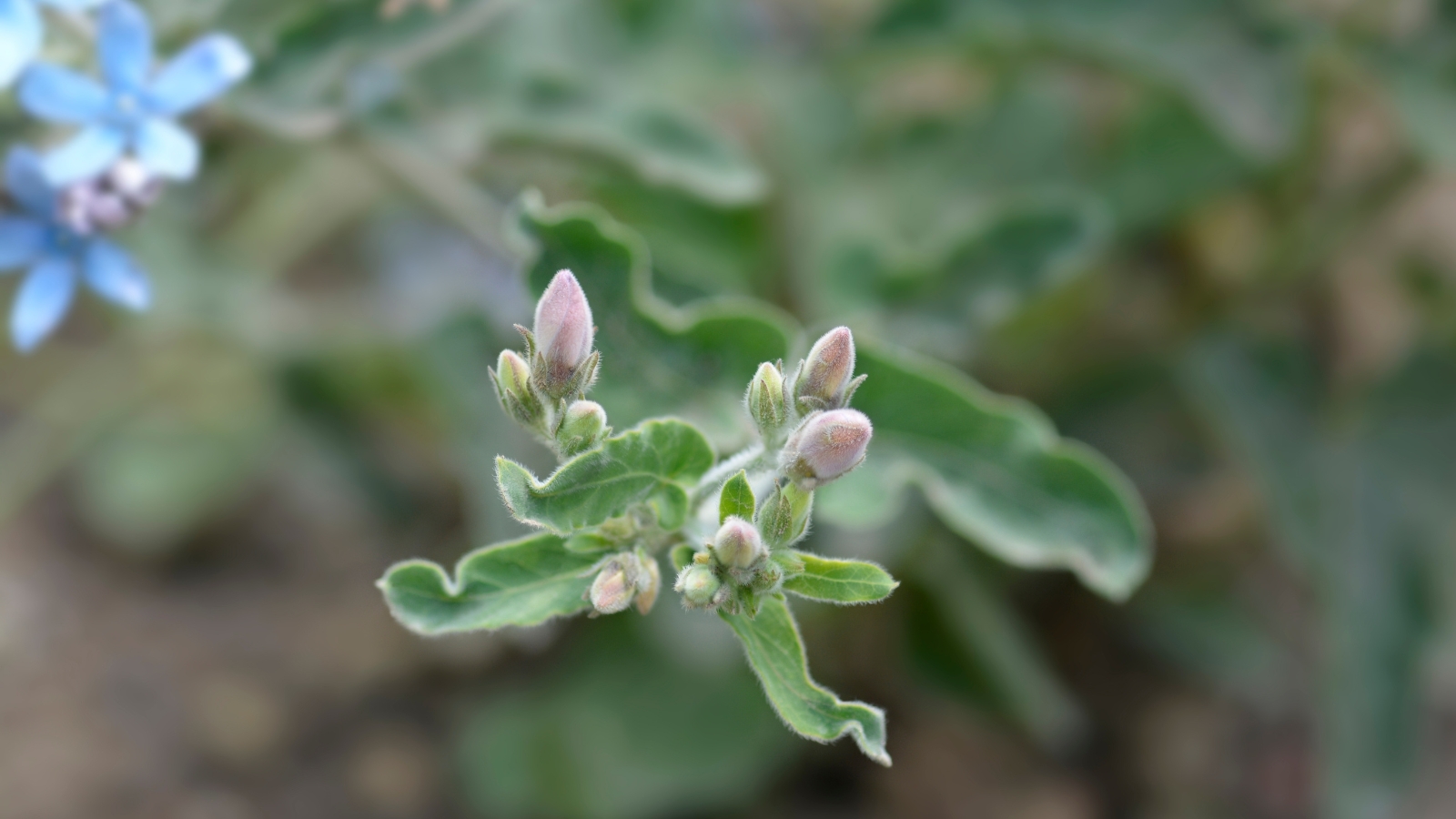
The easiest way to propagate these perennials is by collecting and planting the seeds. The large seed pods are easy to spot and gather, making this a simple and fun task for both adults and kids.
After the flowers are pollinated, they’ll produce elongated seed pods. You’ll often see them appear in the summer or early fall. These pods will start out small and green then grow to a few inches long.
As the pods mature, they’ll turn brown. Therefore, you can use the brown color as a sign that the seeds are ready to collect. If you pop the pods open, you’ll see flat, brown seeds attached to layers of white, silky fluff. Remove the seeds from the pods and put them in an airtight bag or container for safekeeping.
You can plant the seeds immediately or store them in a cool, dry area for a couple of years. When it’s time to plant the seeds, follow the directions described above.
Common Issues
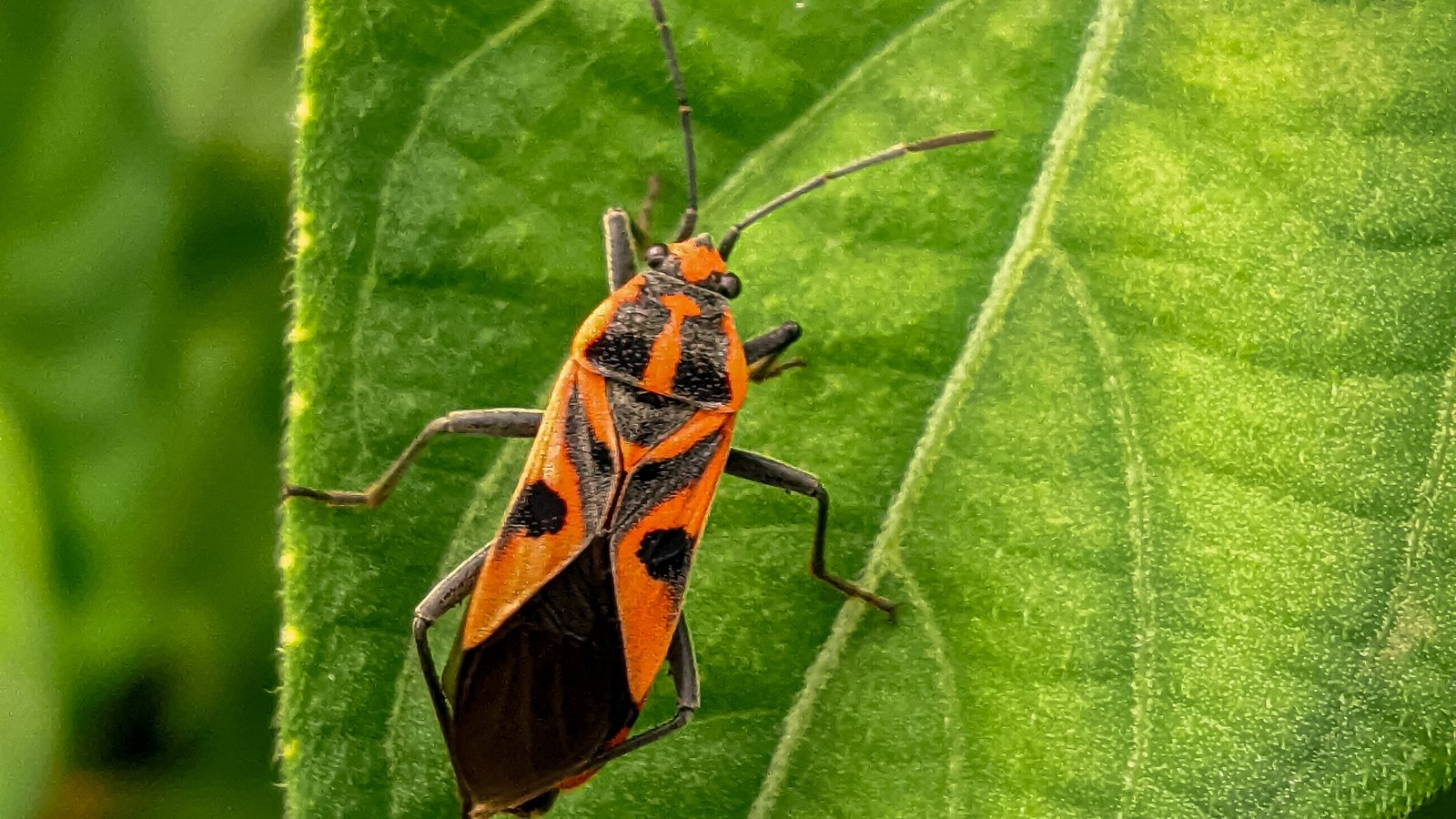
Fortunately, tweedia doesn’t face many serious problems. That’s one more reason I love it!
As mentioned above, these plants are susceptible to cold damage. If the temperature drops below freezing for multiple days, it’s possible they may die. However, I’ve seen plants experience multiple freezes and live through the winter. Although the stems will lose their leaves and appear dead, new leaves will emerge once the weather warms.
You may notice the plants covered with oblong bugs with an orangish-red and black pattern. These are large milkweed bugs. Although they can pierce and suck the plant’s sap, they are more of an ugly nuisance than a serious harm. Therefore, you don’t have to take action against the bugs.
Frequently Asked Questions
Tweedia is in the same family as milkweeds, but it belongs to a different genus. So while it has milky, white sap, it’s not a true milkweed.
Try planting this flower with other blooming perennials like coneflower, rudbeckia, and butterfly weed. Since these flowers grow best in dry soil, avoid placing them near plants that require moist soil to thrive.
No. Although tweedia isn’t native to the United States, it won’t take over an area. If the plants reseed themselves more than you’d like, you can easily remove the seedlings by hand.
